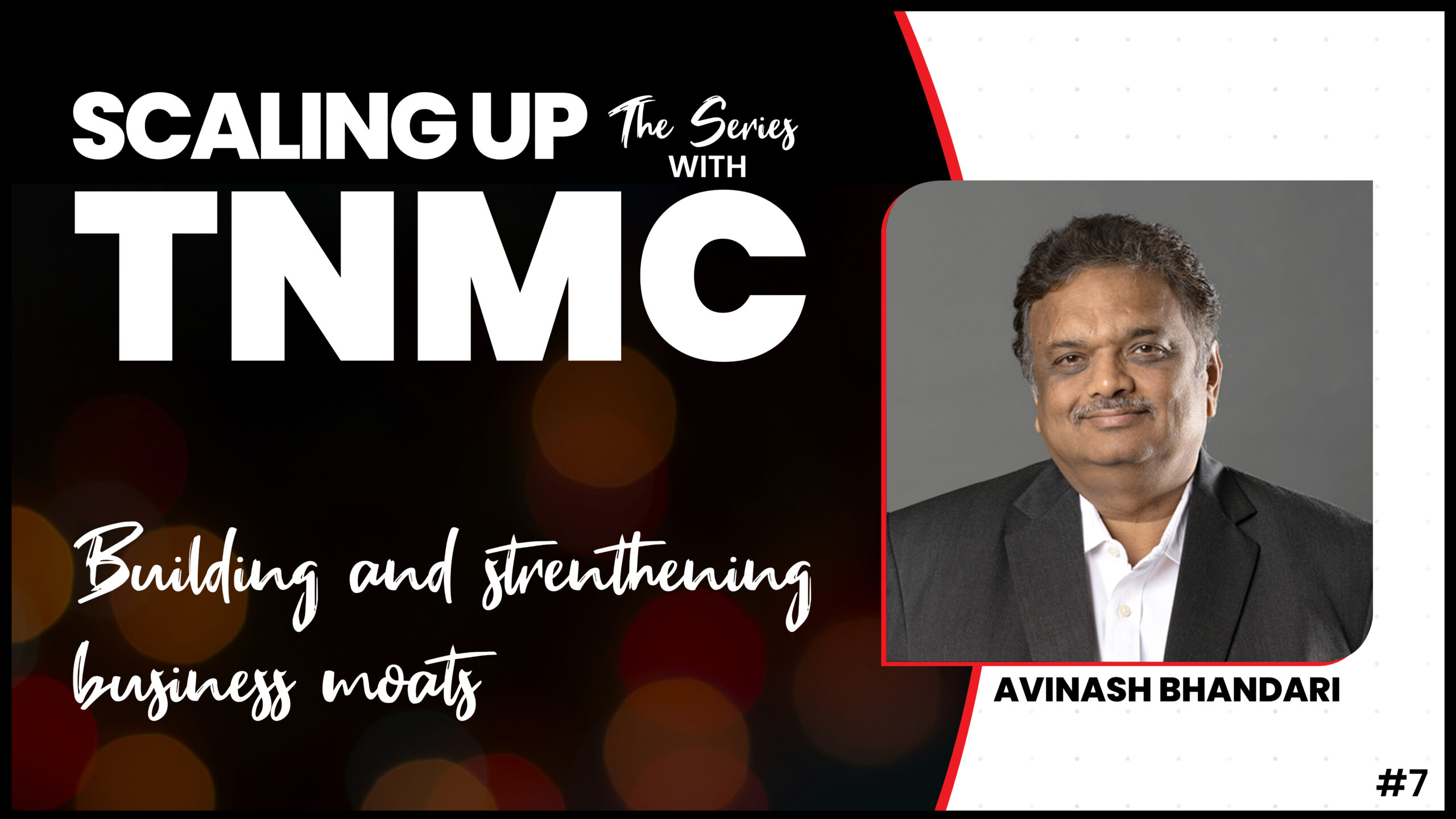Scaling up requires building and strengthening business moats
The concept of building and strengthening business moats (competitive advantages) has become synonymous with establishing robust protection against the corrosive effects of powerful competition and demanding customers. Scaling up successfully requires not only understanding existing moats but actively fortifying them to ensure sustainable growth and resilience.
The notion of moats is akin to constructing barriers that shield a business from external threats, whether in the form of aggressive competitors or customers seeking alternatives. The first step in this strategic endeavour involves a profound introspection: What are my competitive advantages and are these advantages sustainable over the long term? Identifying and understanding these competitive advantages is crucial for laying the groundwork for strategy formulation.
Business moats offer more than just defence against competition; they provide strategic control over customers. The fundamental question becomes: Why should the customer continue to buy from me and not switch to someone else? This shift in perspective underscores the importance of not just attracting customers initially but retaining them over time. A strong moat compels customers to choose a business repeatedly, creating a loyal customer base.
Different levels of moats exist, each offering varying degrees of protection. These moats act as strategic advantages that set a business apart. Examples of moats encompass a diverse range, including a strong brand, control over the supply chain, unique product design and product features, speed-to-market capabilities, regulatory approvals, technology licenses, robust distributor relationships, patents, strong customer relationships, low cost of production, network effects, lead in product development, high market share, large installed base and many more. Strong brand has acted as a moat for Coke and Nike over many decades, product development lead time acted as a moat for Intel and control over supply chain has acted as a moat for Bisleri. Presence of a combination of these elements could raise the degree of competitive advantage.
However, building moats is not a one-time endeavour; it requires ongoing commitment and adaptability. The business landscape evolves, and what serves as a moat today may become less effective tomorrow. In fact, the effect of the moat could completely evaporate in the face of a new product disruption by the competition. Therefore, a continuous effort is needed to evaluate, strengthen, or add new moats to the business. This proactive approach ensures that the business remains ahead of the curve, anticipating changes in the competitive landscape and customer preferences.
When a business is scaling up, the imperative to continuously build and strengthen moats becomes even more pronounced. The act of expansion often attracts increased competition and heightened customer expectations, making the need for robust business ( both growth and profits ) protection paramount. Through a strategic focus on building and strengthening moats, businesses can navigate the complexities of growth with resilience and ensure their position as industry leaders.
Business without moats is like a bucket with holes. Water (profits / growth) will ultimately drain out. Business leaders must focus on this critical element of strategy to build scalable businesses.


